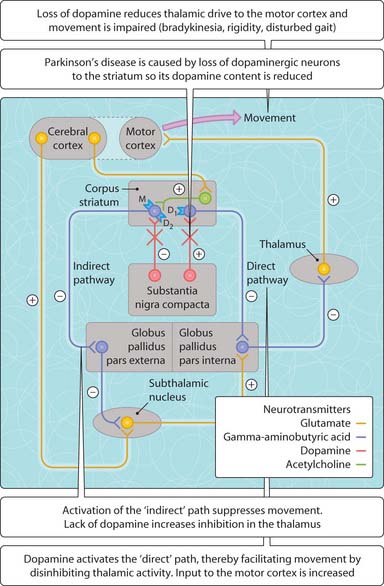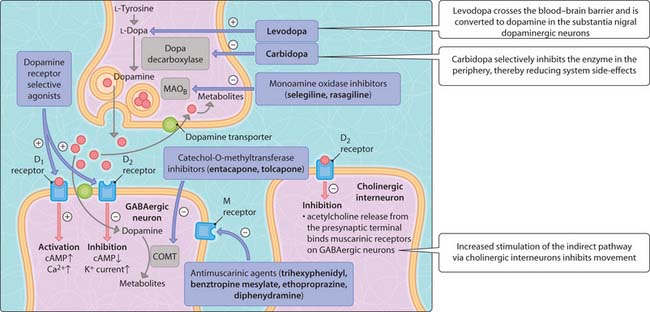34 Parkinson’s disease
Parkinson’s disease is a neurodegenerative disorder that involves selective destruction of dopaminergic neurons in the basal ganglia (Fig. 3.34.1), resulting in abnormalities of motor function including bradykinesia (slow movement), rigidity, resting tremor and disturbances in gait. These symptoms can be ameliorated by therapeutic intervention (Fig. 3.34.2); however, the neurodegeneration is not reversed.
Drug treatments
< div class='tao-gold-member'>
Only gold members can continue reading. Log In or Register to continue
Stay updated, free articles. Join our Telegram channel

Full access? Get Clinical Tree






